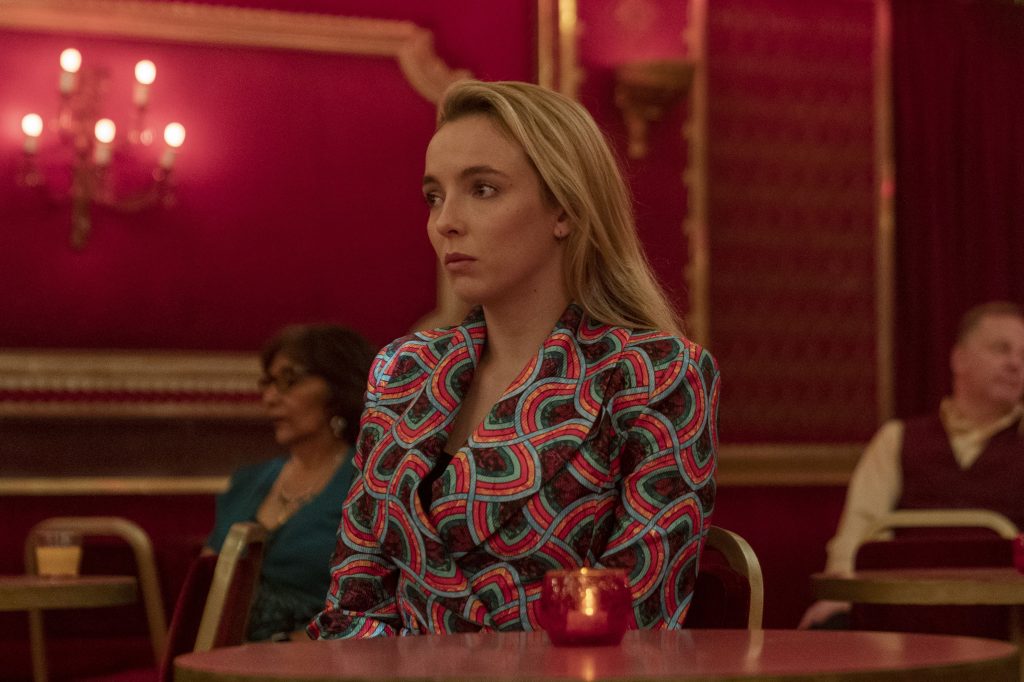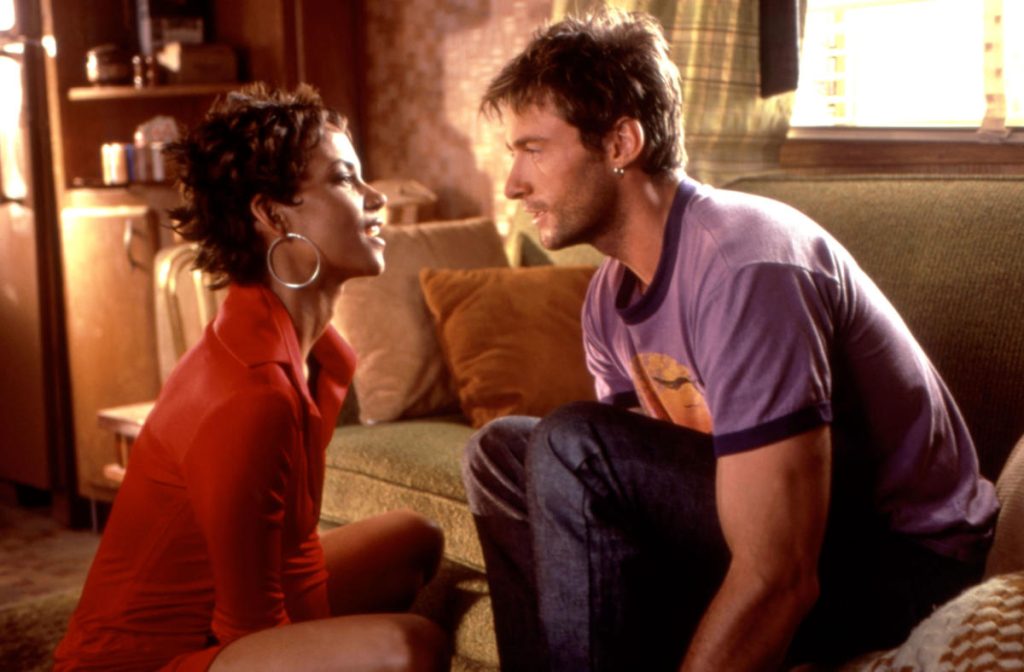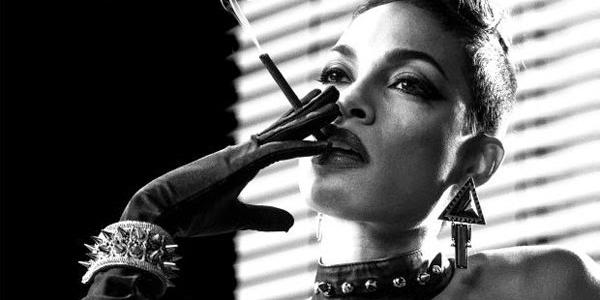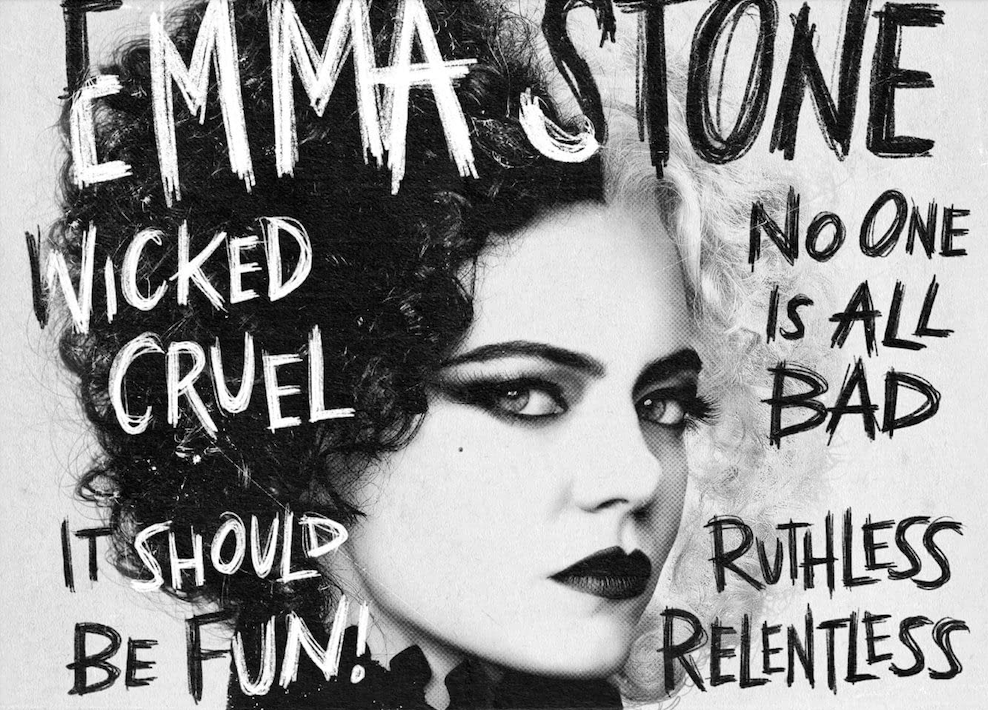Cruella de Vil, a character most widely known from the One Hundred and One Dalmatians animated film, explores the origin story of the villain, with Emma Stone portraying Cruella. That is the question, though, isn’t it? Just who is Cruella? Why is it important that her story be told? The answer, as we will soon discover, lies in the archetype of Cruella de Vil as a member. One that, arguably, deserves some more fresh takes, this archetype being the femme fatale. So when it comes to the question ‘a femme fatale is what type of character in film?’ the answer isn’t as straightforward as you may think.
A Femme Fatale is What Type Of Character in Film?
The femme fatale archetype comes from film noirs around the 1940s and 1950s. What makes them such compelling characters is that they are willing to meet whatever ends they deem necessary to achieve their ambitions, but at the same time, contend with feelings and motivations that prove counter to those self-same ambitions.
In a way, they are somewhat contradictory in an oppositional sense. The way they are portrayed, they often have to compromise their comfort zone to reach their desired state of comfort and security. It is a layer of characterization that grounds them, making femme fatales feel very authentic and human despite being fictional in nature.
Examples of Femme Fatales in Film and Television
The femme fatale is a classic role in film characterized by a confident, mysterious, and seductive woman.
Here are some notable examples of femme fatales in film and television.

Villanelle in Killing Eve (2018)
Jodie Comer’s portrayal of Villanelle in Killing Eve is a masterful embodiment of the contemporary femme fatale. With a charismatic and unpredictable demeanor, Comer brings a highly skilled and enigmatic assassin to life, adding layers of charm and wit that make Villanelle a standout character.
Catherine Tramell in Basic Instinct (1992)
Played by Sharon Stone, Catherine Tramell is a crime novelist who becomes a prime suspect in a murder investigation. Her cunning and provocative demeanor make her a classic femme fatale.
Mace, Strange Days (1995)
In Strange Days (1995), Angela Bassett delivers a powerful and dynamic performance as Mace, a skilled bodyguard and confidante. Her strong, resilient femme fatale portrayal adds depth to the character, challenging traditional expectations and contributing to the film’s exploration of identity and justice in a dystopian future.
Claire Underwood, House of Cards (2013)
Claire Underwood is a formidable woman, exemplified by Robin Wright. Operating behind cunning and power-hungry politicians in the vein of Machiavelli, Underwood is an equally scheming partner to her nefarious husband.
The Bride, Kill Bill: Volume 1 (2003) and Volume 2 (2004)
Uma Thurman’s role as The Bride in Quentin Tarantino’s Kill Bill establishes her as an iconic femme fatale in cinema. Thurman’s portrayal combines strength, resilience, and vengeance, creating a character on a quest for justice with a deadly and seductive allure.

Ginger, Swordfish (2001)
In Swordfish, Halle Berry’s portrayal adds a layer of complexity to the character, blending allure with a sense of enigma and unpredictability, making Ginger an intriguing and memorable figure in the film’s narrative.
Brigid O’Shaughnessy in The Maltese Falcon (1941)
Mary Astor portrays Brigid O’Shaughnessy in this classic film noir. Her enigmatic and manipulative character leads private detective Sam Spade into a complex web of deception.
Cruella de Vil, Cruella (2021)
Emma Stone’s portrayal of Cruella de Vil is a stylish interpretation of the classic femme fatale. Stone brings a charismatic and rebellious edge to the character, showcasing Cruella’s evolution from an aspiring fashion designer to the iconic villainess. Her performance is marked by a perfect blend of wit, cunning, and a touch of madness.
Catherine in Dangerous Liaisons (1988)
Glenn Close plays the cunning and manipulative Marquise de Merteuil in this adaptation of the classic novel. Her character is a schemer who uses her charm to control those around her.

Gail and Ava Lord in Sin City (2005)
Several characters in the neo-noir anthology, including Gail (Rosario Dawson) and Ava Lord (Eva Green), embody femme fatale characteristics. The two are often entangled in complex and dangerous narratives.
Selina Kyle, Batman Returns (1992)
Michelle Pfeiffer’s portrayal of Selina Kyle, aka Catwoman, in Tim Burton’s Batman Returns (1992) is iconic in its embodiment of the femme fatale archetype. Pfeiffer’s Catwoman is a complex and mysterious character, blending sensuality with a vengeful and cunning nature.
Mia Wallace in Pulp Fiction (1994)
In addition to playing The Bride, Uma Thurman played Mia Wallace in Pulp Fiction. In this iconic film, Thurman exhibits femme fatale qualities with her enigmatic allure and involvement in a pivotal dance scene that adds tension to the narrative.
Kathryn Merteuil in Cruel Intentions (1999)
Sarah Michelle Gellar’s portrayal of Kathryn Merteuil in Cruel Intentions (1999) is a captivating take on the femme fatale. Gellar infuses Kathryn with a potent mix of sophistication, manipulation, and a dark sense of mischief, creating a memorable character in this modern adaptation of Les Liaisons Dangereuses.
Amy Dunne in Gone Girl (2014)
In the hit movie Gone Girl, Saltburn (2023), star Rosamund Pike portrays Amy Dunne, a woman who manipulates the media and orchestrates a complex plan to frame her husband. Her character embodies modern femme fatale elements.
Why is The Femme Fatale Archtype Important?
Quite interestingly, an article by CinemaBlend offers a thought-provoking perspective on the film Cruella. The article says that Cruella is not necessarily a character that can be easily rehabilitated, as her endgame is perceived as too vile. In a sense, this is not necessarily an untrue statement to make, but this is why reinventing the femme fatale is so important in this day and age.
The femme fatale as an archetype has evolved in a way that doesn’t just reinforce the male gaze. One can argue that it can now work towards celebrating women’s power as well as providing a platform to speak out against some of the injustices they are faced with. By telling the story of Cruella’s descent into villainy, for example, the story can inform its viewers of a couple of key concepts.
For one, understanding where Cruella de Vil comes from as a character can reinforce the idea that being “evil” has more than one dimension. Seeing Cruella’s side of the story allows viewers to contemplate what allows evil to fester. Is it the way we treat people? How to what extent do our societal norms play into this process? Questions like these are what viewers should have in mind when engaging with the story the film has to tell.
Femme fatales are often faced with decisions that cause them to leave their comfort zone to attain the security they desire. What if turning into the brash and heinous character we know Cruella to be is the only way for her to enjoy the successes she strives to attain? This is why exploring the kinds of obstacles she faces before the events of One Hundred and One Dalmatians is so important. In addition, not only would Cruella’s character have a chance at rehabilitation, but the femme fatale as an archetype, too.
By making this movie, the femme fatale could do more than being a fear-inducing character that people are expected to root against. Instead, the archetype could be used to inform viewers of the challenges women face and show that it is not impossible to overcome these challenges.
Pursue Your Acting Skills at NYFA
Interested in developing your acting skills? Visit our Acting for Film School page to learn more about our acting for film programs taught by actors, writers, directors, and producers from film and television. Learn more today!
